| S T Y L E |
FORNASETTI
Design Studio | Milan
immortalising muse lina cavalieri in his works, piero fornasetti was a celebrated italian sculptor, graphic artist and interior designer. his son, barnaba fornasetti, continues the tradition of his father's lifelong artistic work as head of the atelier fornasetti in milan, italy. we catch up with barnaba to find out more about fornasetti's striking collection of evocative home fragrances and designer homewares.
Can you introduce us to the rich and creative world of Piero Fornasetti?
BF: My father, Piero Fornasetti, was a Milanese painter, sculptor, interior decorator, engraver of books and a creator of over 13,000 products. In terms of variety of decoration, Fornasetti’s production of objects and furniture is one of the largest of the 20th century. Piero is celebrated as being among the most original creative talents of the twentieth century. During his career he created a visual vocabulary that is instantly recognisable and unceasingly engaging. Fornasetti designed a magical world, saturated in image and colour and filled with whimsy and wit. As an only child, I’m perpetuating the Fornasetti tradition by continuing to produce and revive Fornasetti designs. An abundance of important motifs have emerged from my father’s archive due to my dedication. The Fornasetti Atelier is currently managed by myself, where we have maintained in-house production, revived and reinterpreted my father’s designs. I’m also working in collaboration with specialised companies who are entrusted to produce licensed products under the Fornasetti brand.
How would you define your father's work and vision?
BF: As the vision of an artist from the Reinassance, born by chance in the early ‘900s. An artist surely connected to ancient classics, but able to looked at the future, without the obsession of being contemporary. Not easy to pinpoint into a single creative path, it’s hard to tell if he was a designer, a decorator, an artist in a wider context.
What is your first memory as a creator/artist, and how did you first get into design?
BF: I was 3 years old when I brought home a hydrangea leaf from our garden with a daisy on it, and my father designed a tray with this décor. This was our first collaboration. Actually, after some conflicts and different working experiences elsewhere, I started working with my father in 1980. In the beginning it wasn't easy because of his demanding character but overtime we developed a way of working together that was satisfying for the both of us.
How would you distinguish your own work from your father's and how would you define your own style?
BF: It is not easy to mark a border between our works: there is not much of a difference in style, because I’ve always been very careful in maintaining the brand identity that he created and also because I use many of the images and designs in the original archive, that I manage to adapt in various sizes and techniques through different fields. As Bruno Munari wrote: “Fornasetti can be measured only using Fornasetti’s ruler”.
What differentiates the Fornasetti design house and makes it so special/ unique?
BF: Fornasetti objects are timeless, out of any styles, genders and fashions. It is able to awake images of the collective unconscious that have always been stored in our brains. Moreover, Philippe Starck said something interesting about the teapot “Tema e Variazioni” in the book "Fornasetti - Conversation with Philippe Starck" by Brigitte Fitoussi, published by Assouline: "Every object by Fornasetti, for example the teapot with eyes, which I have in my kitchen (and that I love), is an open door through which one is immediately sucked, like in Alice in Wonderland. And for me that's something you can't put a price on. Even after twenty years on the shelf, the teapot is a door that still opens. The magic still works. A Fornasetti object has the power to change the vibrations in a place, not because it's a handsome decorative object - it's nothing to do with that. You can be in a very handsome room, very well-decorated, with a really beautiful design, for all that it is still a room grounded in real life. But put a Fornasetti in it and it takes on a very different dimension, the dimension of dream."
My father also said, "I don't believe in periods or in dates. I simply don't believe in them. I refuse to determine the value of an object by its date. I don't limit myself, and nothing is too esoteric to be used as inspiration. I want to free my inspiration from the limitations of the usual. But I am also a Rationalist, against the Bohemian precepts of "Scapigliatura". One who rejects art movements and labels also rejects this. There is surrealism in Paolo Uccello. See how vast the horizon is! This is a fixation that I fight, the obsession with labels - Surrealism, Neorealism, Romantic, Postmodern. We have the habit of buying "brands", and no longer invest in beautiful that we like. An artist who wants to be successful is no longer an artist; he is a person who wants to have success. If he conforms to fashion he will arrive late because by now everyone has already conformed. Therefore, perhaps, the idea is not to conform but to be original. For example, I am suggesting the idea of creating fashion items that will never go out of fashion".
Could you tell us more about your collections?
BF: The Fornasetti Atelier in Milan is an outpost of careful and accomplished craft production. Here, skilled craftsmen and women use the same rigorous handcrafted techniques as were employed on the very first Fornasetti products. Colour is applied by hand on all kind of material we use (that is porcelain, wood and metal) and the original paper patterns are still followed. Maintaining the quality of these methods of making is an important aspect of the Fornasetti legacy. The majority of the furniture and objects produced in the Atelier are true re-editions of the original designs created by Piero Fornasetti. Objects referred to as ‘Re-inventions’, are designs created by me using the decorative elements and imagery found in the immense Fornasetti archive and are evolutions of the exclusive production of my father.
Where can we find Fornasetti's collections and editions around the world?
BF: First of all at Fornasetti Milan (Corso Matteotti 1/a), the only mono brand store in the world. Then we have retailers in Europe, China, United States, Canada, Turkey, Australia, New Zealand, Russia, Israel, Korea, Lebanon, Thailand, Singapore, Taiwan and Vietnam.
Given your vast experience in design and creation, what would you like to be remember for and what is the advice that you would share with the next generation of creators?
BF: Unlike my father who was particularly keen to “go down in history”, I hope to be forgotten but to have my work interpreted correctly and carried on in the same fashion. My advice would be to not be obsessed by contemporaneity, and instead consider that the world needs to re-evaluate ethical values, because today we are ruled exclusively by economic factors, and very few things can be done if they’re not profitable or economically sustainable. I’d love to see a day where the word “economically” is swapped with “ethically”, or “environmentally”.
What is next on the horizon for Fornasetti?
BF: I think Fornasetti is the ambassador of decoration, declined in every possible way. As I mentioned before, I’d like to distance myself a little bit from the commercial product. Or, another thing that I still haven’t done but wish to do, I would be interested in collaborating with architects to go back to external decorations in architecture.
I believe that my father was very lucky in having a son that continued his activity with total dedication and discreet success, but I believe that this kind of things happen very rarely, especially when you reach the third generation. Also, I don’t have kids of my own. I am therefore trying to build up a team capable of reinventing and perpetrating the Fornasetti spirit through time. Which, by the way, is what my father was already planning on doing, regardless of having a son or not.
Where are some of your favourite places to eat, drink and spend time in Milan?
- For design: Luisa delle Piane Gallery - via Giusti 24, Milan
- For fresh fish and delicious Sicilian food: Restaurant Naxos, Via Giovanni Battista Varè, 30, Milan.
- For delicious Sardinian food: Restaurante Baia Chia, via Antonio Bazzini 37, Milan
- Favourite hotel my father loved that has kept its original atmosphere: Antica Locanda Solferino, via Castelfidardo 2, Milan.
- For long play records: Metropolis Dischi, via Padova 104, Milan.
- Favourite frescos to visit: Tiepolo's fresco in Palazzo Clerici (via Clerici 5) and Bramante's fresco in the Church of San Satiro (via Speronari, 3).
- A florist with something for every taste, but always uncommon and distinguished: Paolo Lattuada, via Molino delle Armi 19, Milan.
- A boutique with over 300 different species of plants: Orto Botanico a Brera, via Brera 28, Milan.
What is one of your favourite destinations in the world, and why?
BF: I’d say London, because I find it the most diverse city in terms of both people and city areas. I’d be spoiled for choice.
Where do you love to escape to when you’re not working?
BF: Tuscany … it’s a region that inspired me, as it also did with Leonardo da Vinci. It has a unique magic that I have not found in any other European territory. Maybe because it’s one of the last authentic Italian landscapes. However, my true paradise are desolate and unspoilt beaches, of which I’m not giving out any names - not even under torture! - because I would like to maintain this “luxury” for myself as long as possible.
O T H E R S T Y L E I N T E R V I E W S . . .


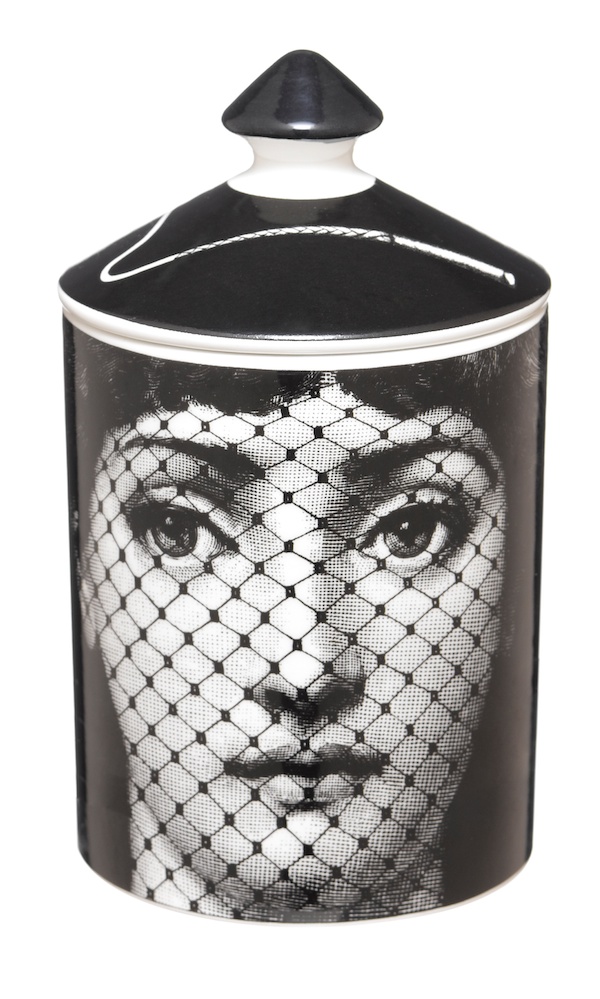
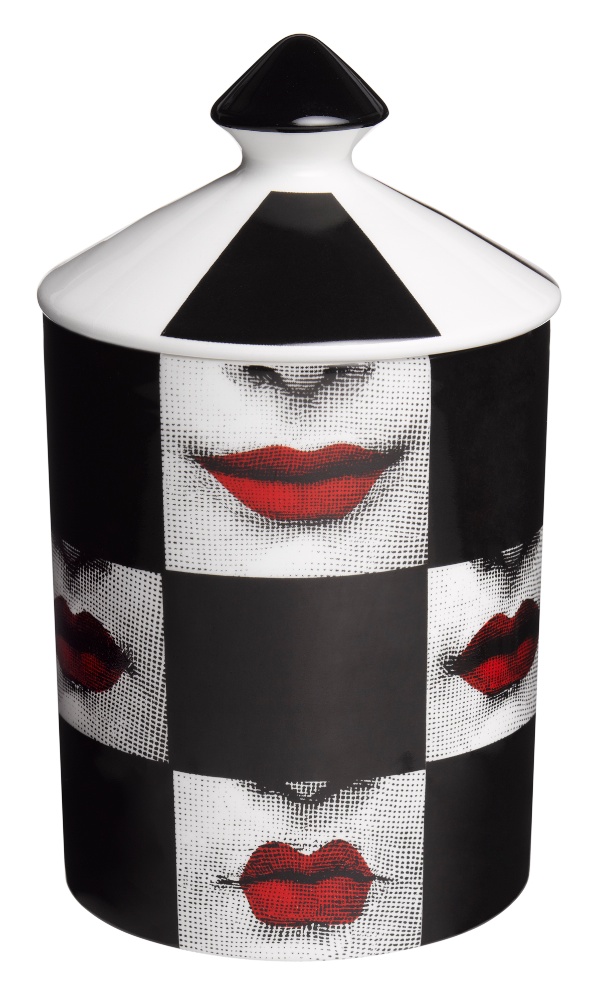

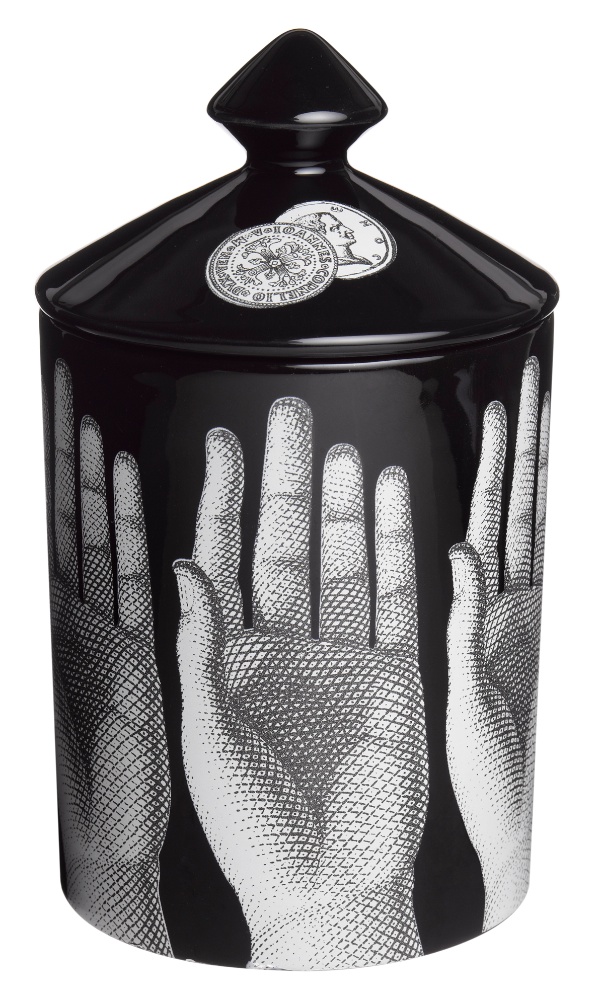
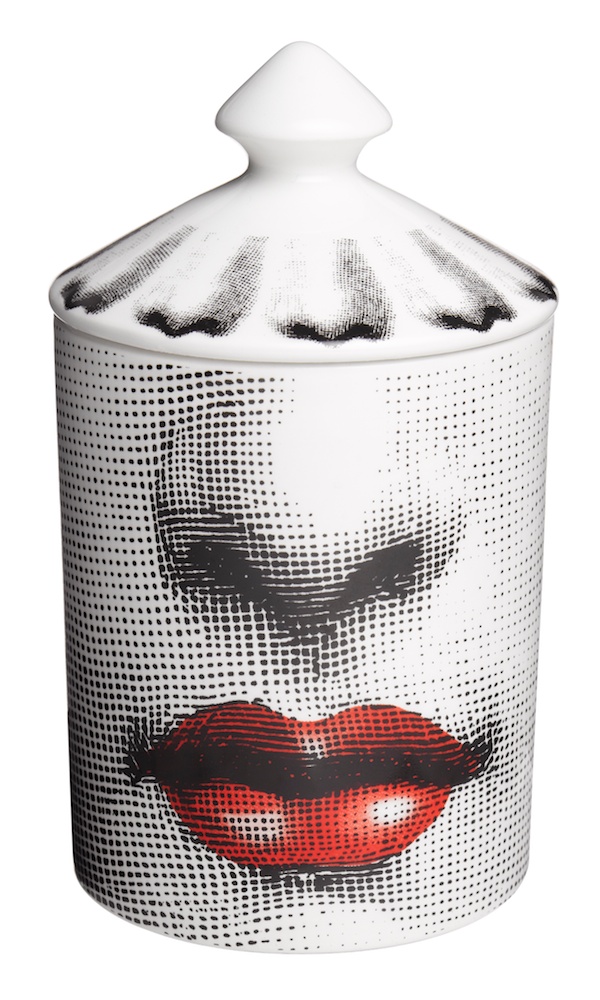
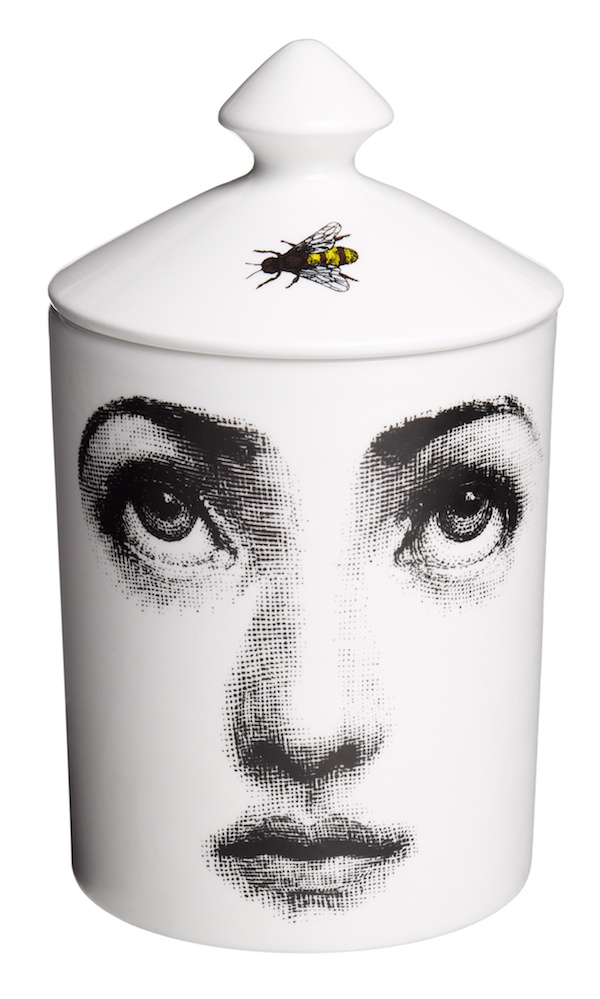
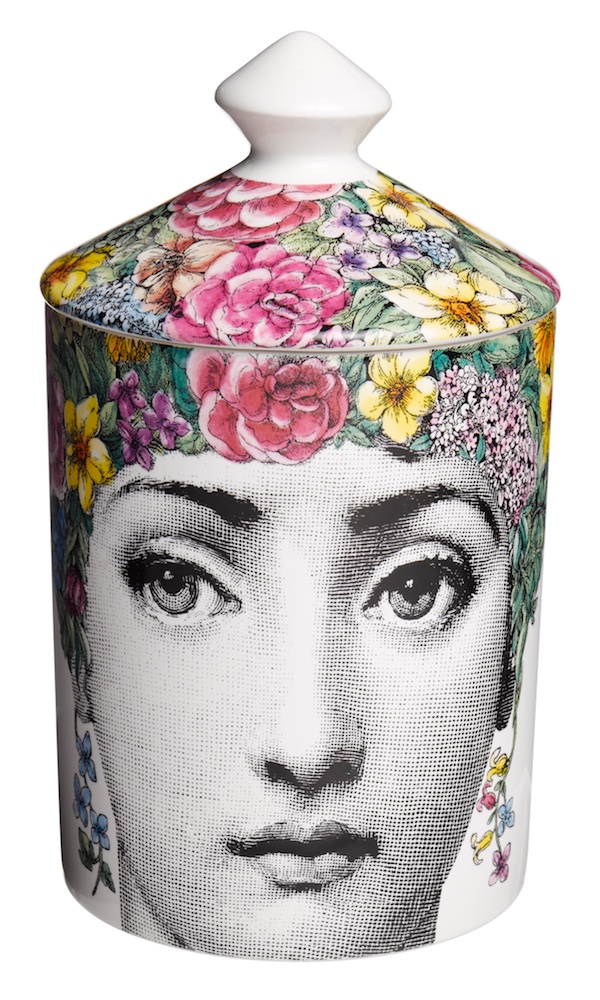
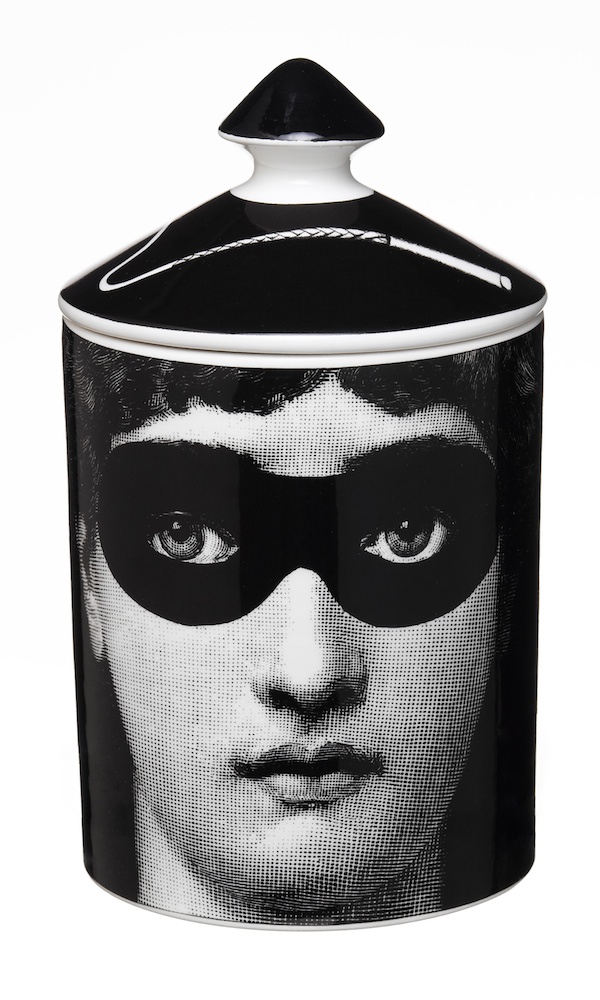
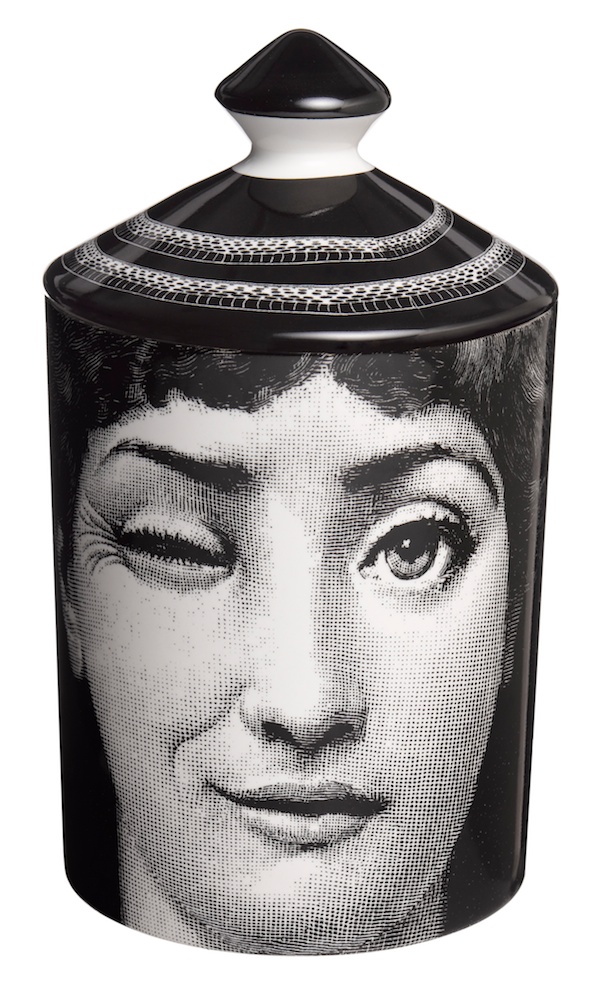
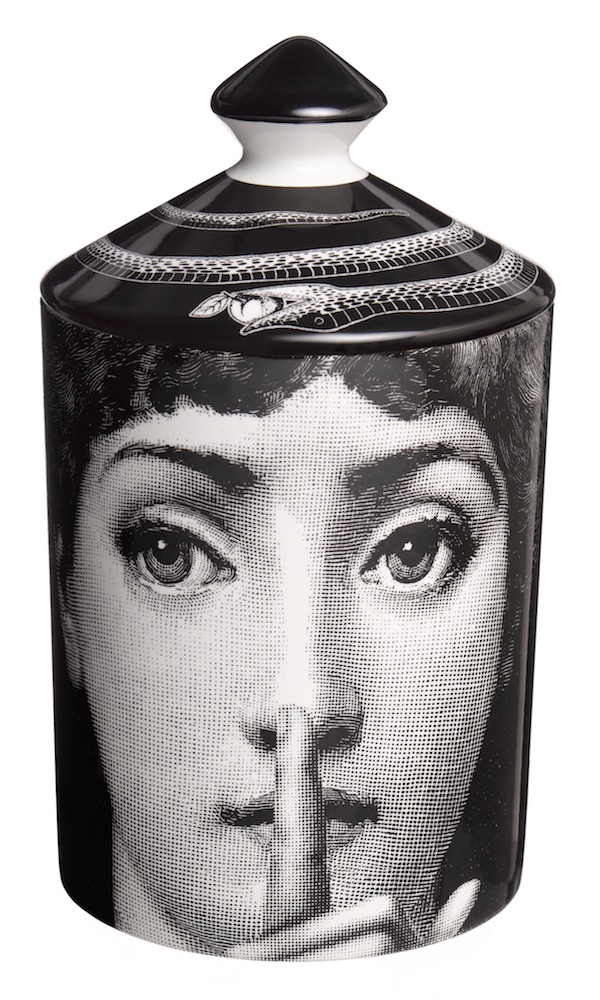


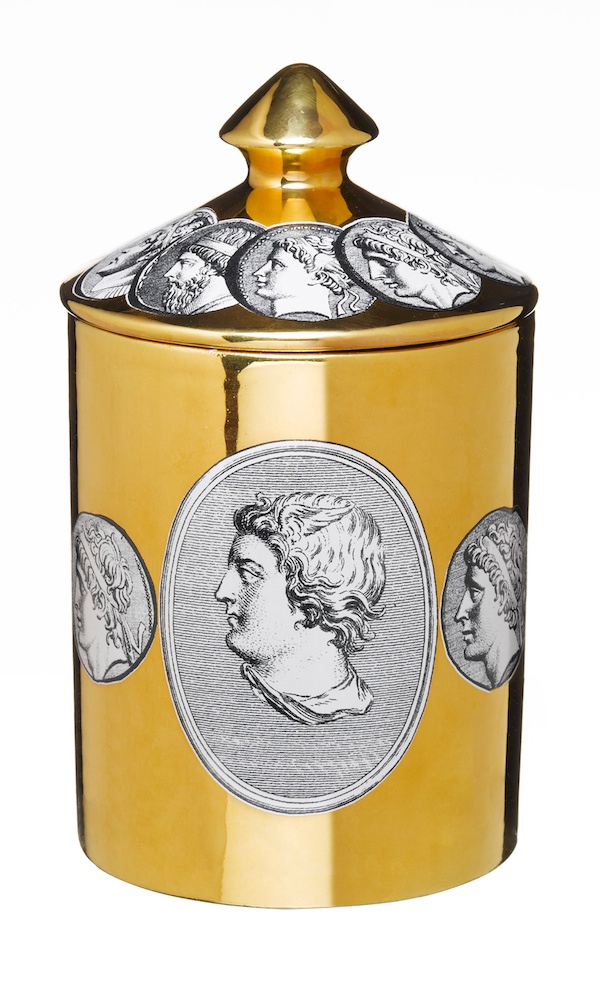










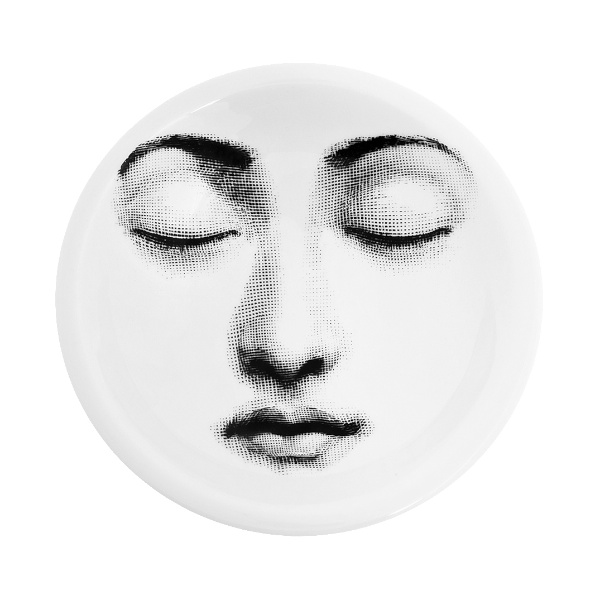

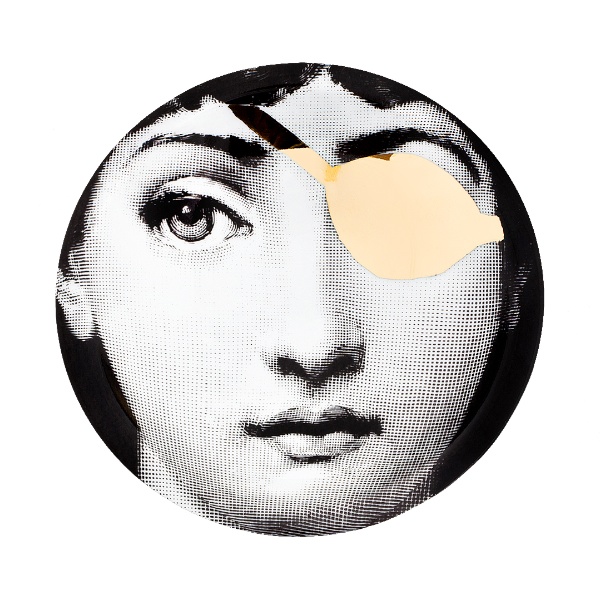
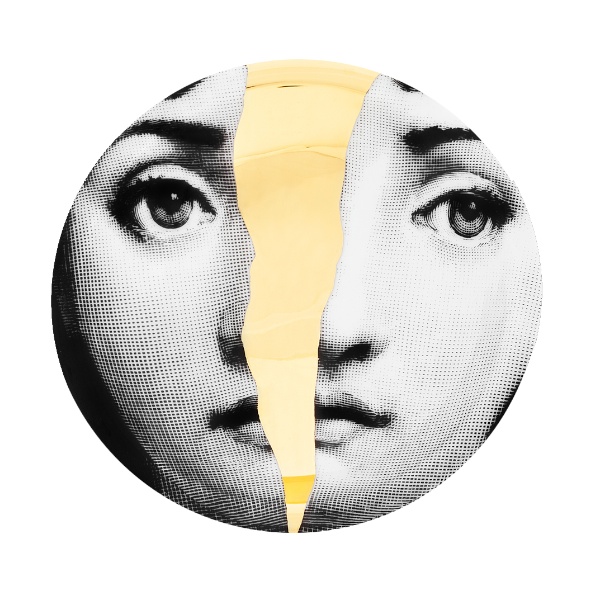



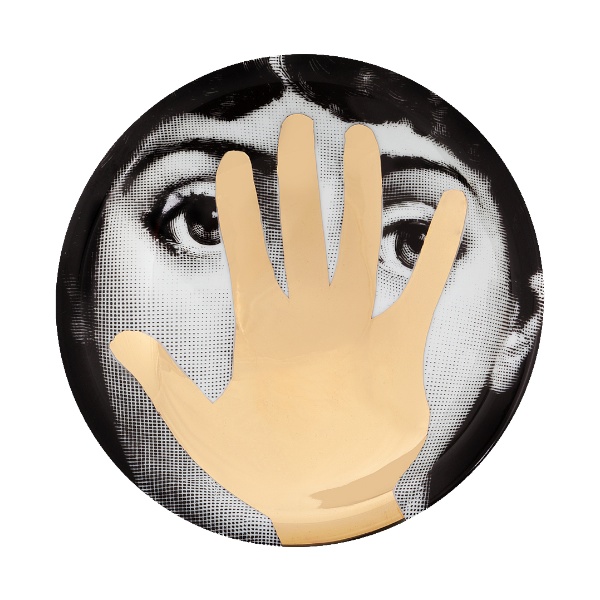




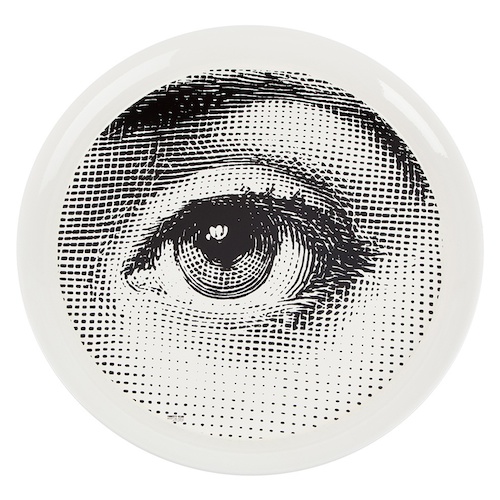
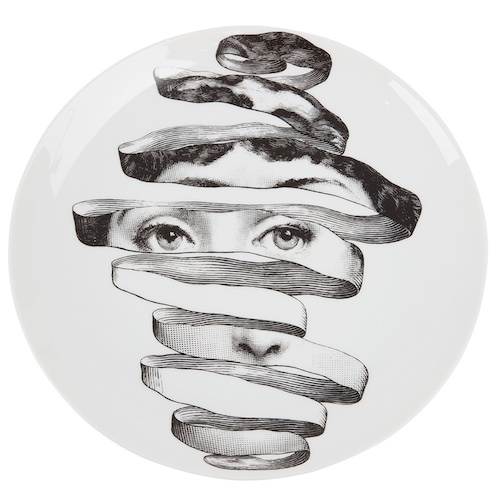

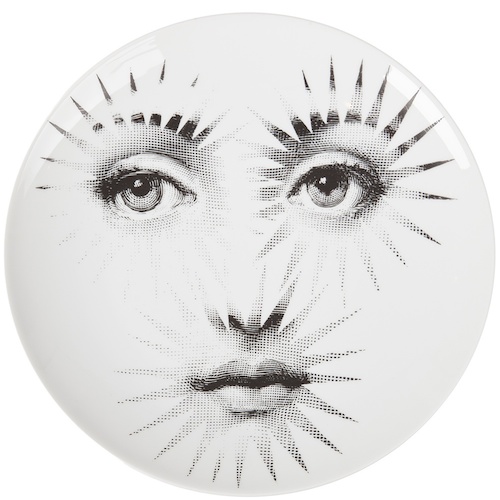
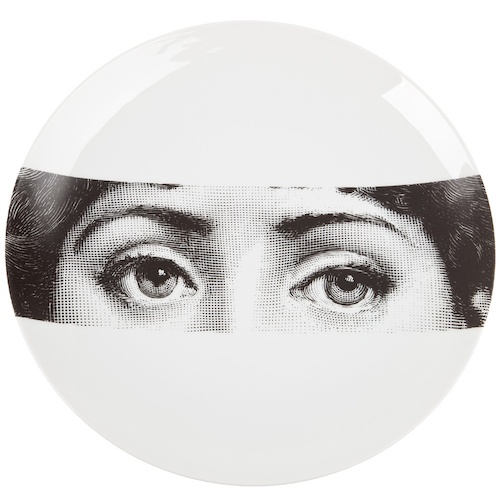
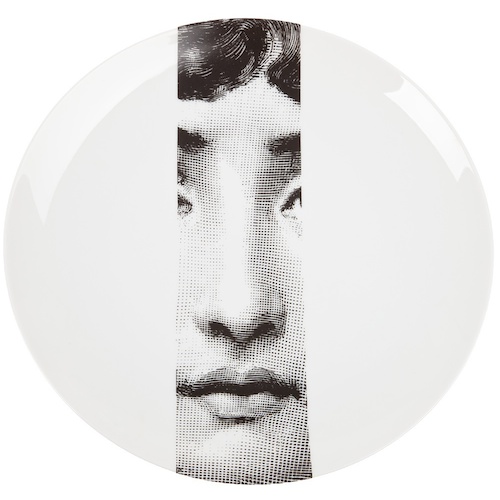
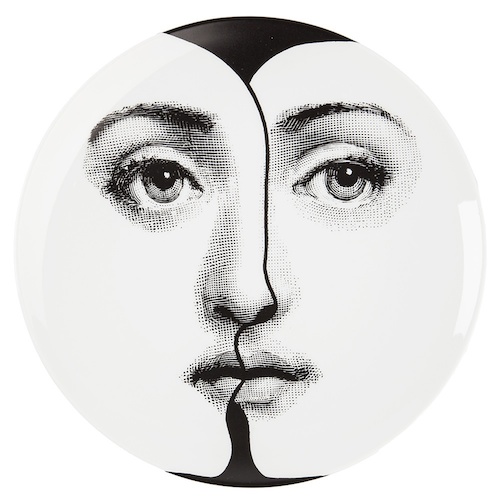
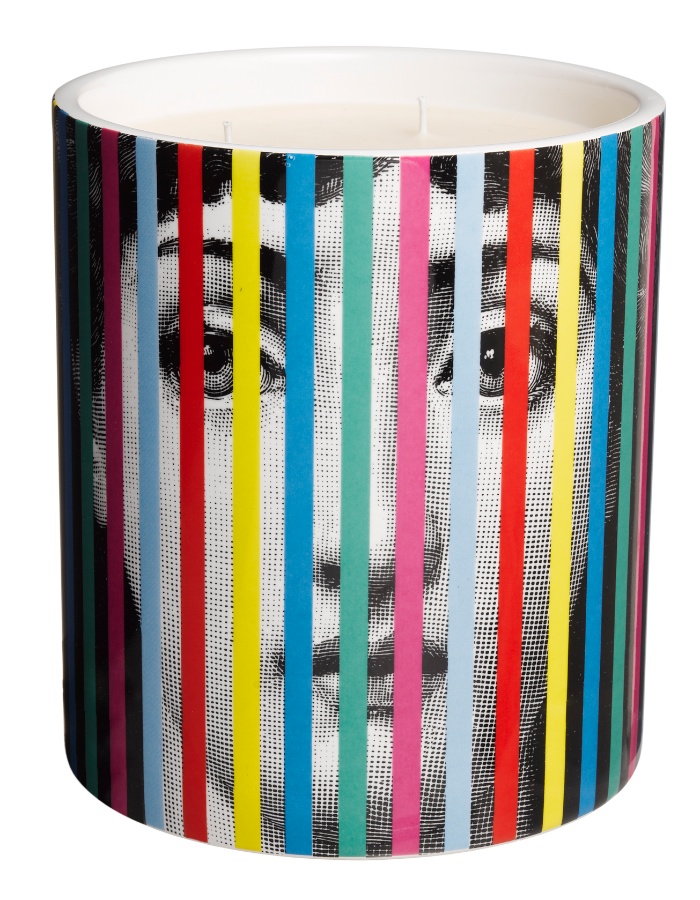
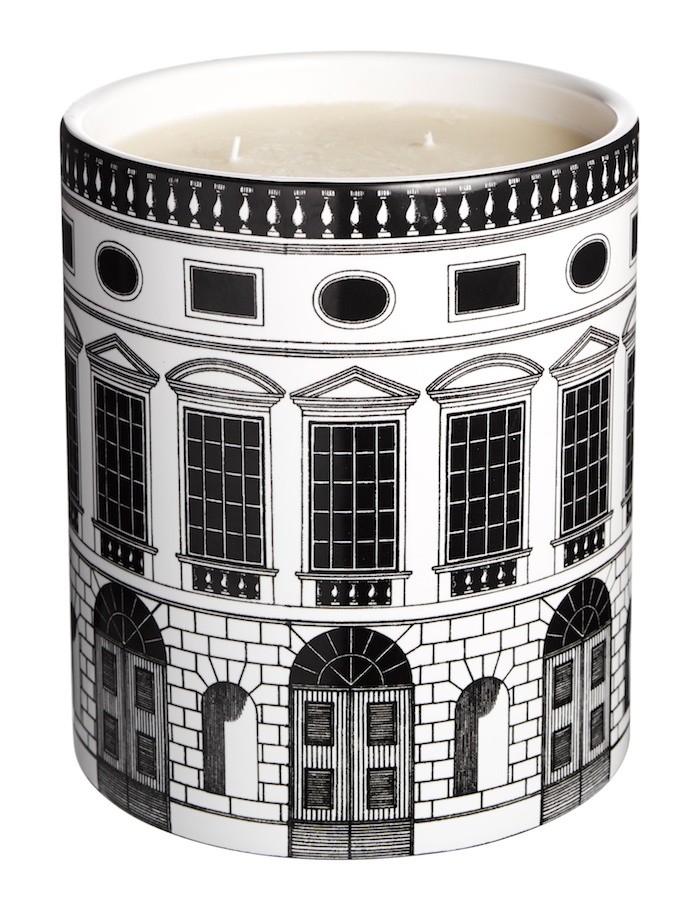

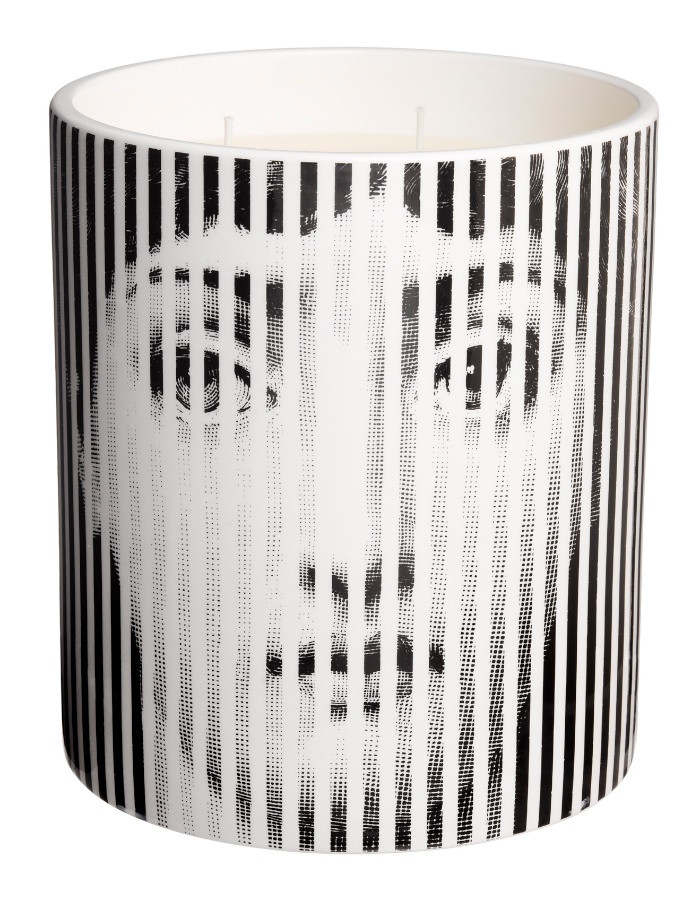
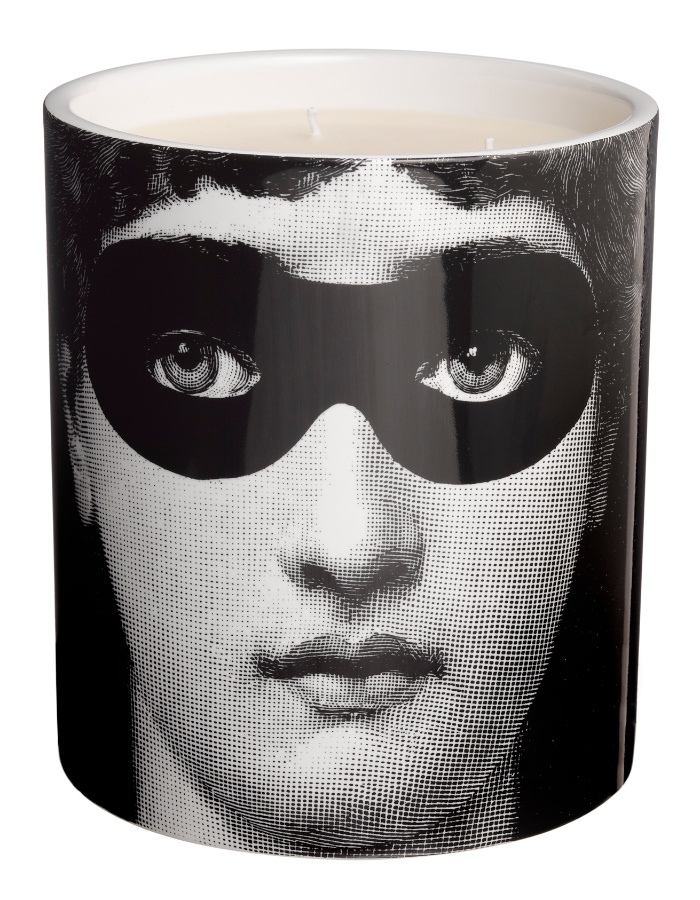
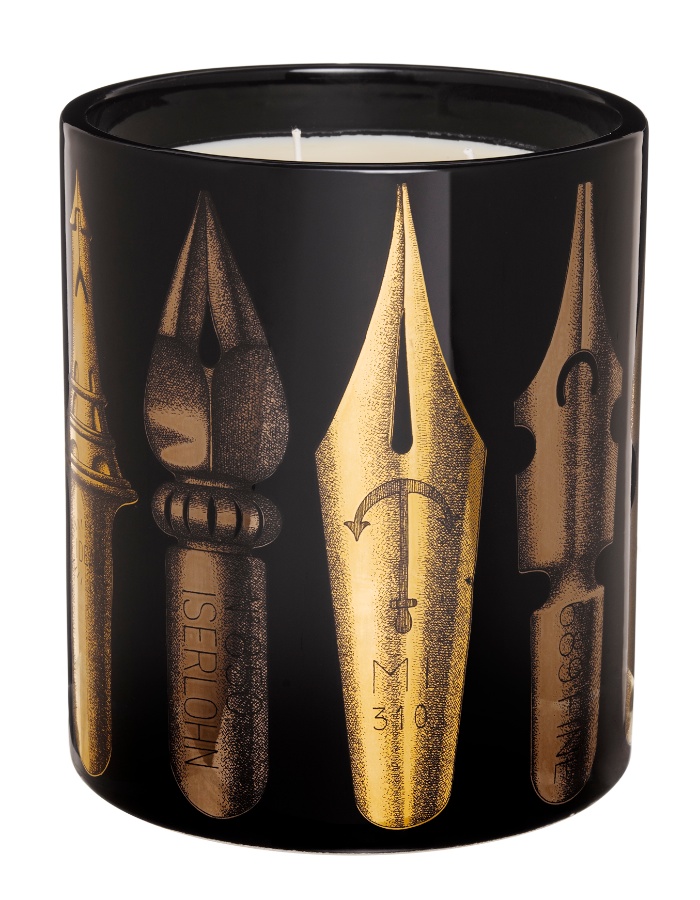
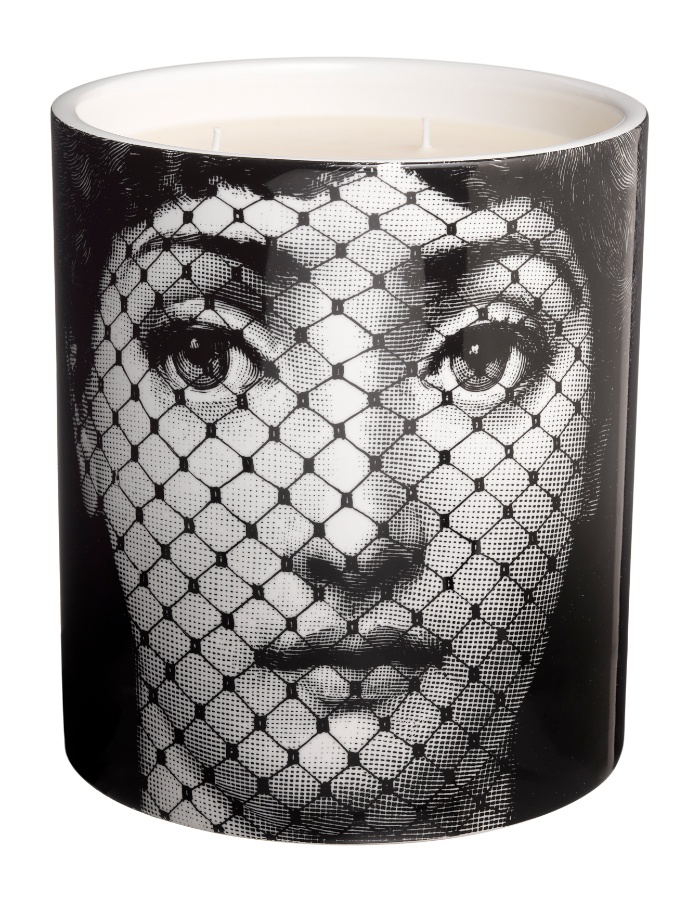
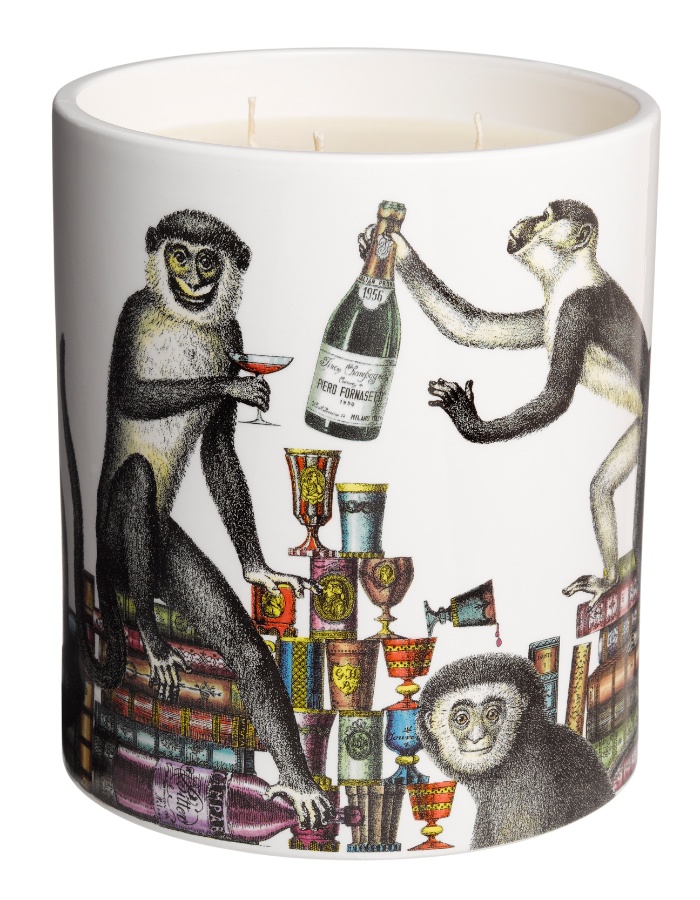





Luxury Watches | PARIS